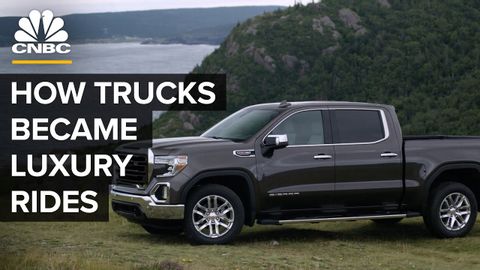底特律如何将卡车变成豪华车(How Detroit Turned Trucks Into Luxury Vehicles)
joey joey 發佈於 2021 年 06 月 06 日  沒有此條件下的單字
沒有此條件下的單字US /ˈstrʌɡəl/
・
UK /'strʌɡl/
- v.t./i.奮鬥;掙扎;打鬥;搏鬥
- n. (c./u.)掙扎;掙扎;奮鬥;難題
US /ˈævərɪdʒ, ˈævrɪdʒ/
・
UK /'ævərɪdʒ/
- n. (c./u.)平均
- v.t.算出...的平均數
- adj.平均的;一般的,通常的;中等的
US /ˈtɪpɪklɪ/
・
UK /ˈtɪpɪkli/
US /ˈdʒɛnərəl/
・
UK /'dʒenrəl/
- adj.一種常見的做法,整體;籠統的;廣泛適用的;總指揮的
- n. (c.)將軍
- n. (c./u.)大眾;一般研究領域

